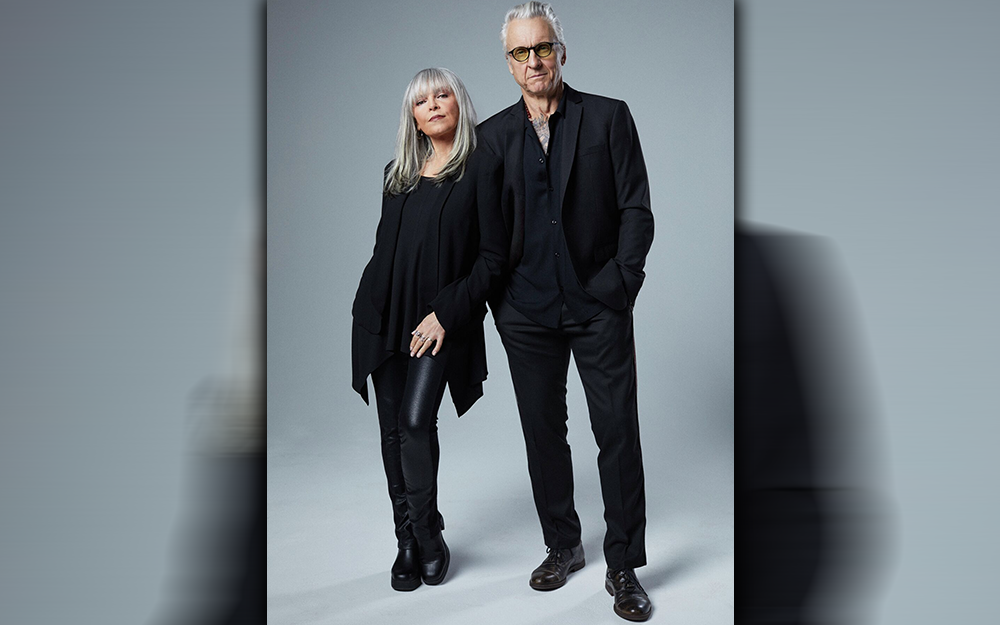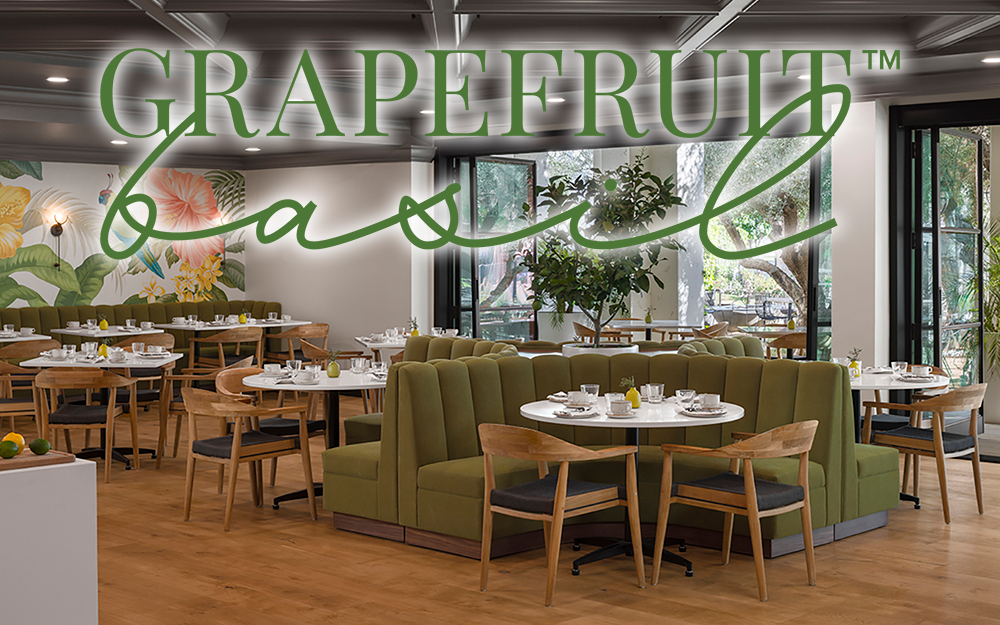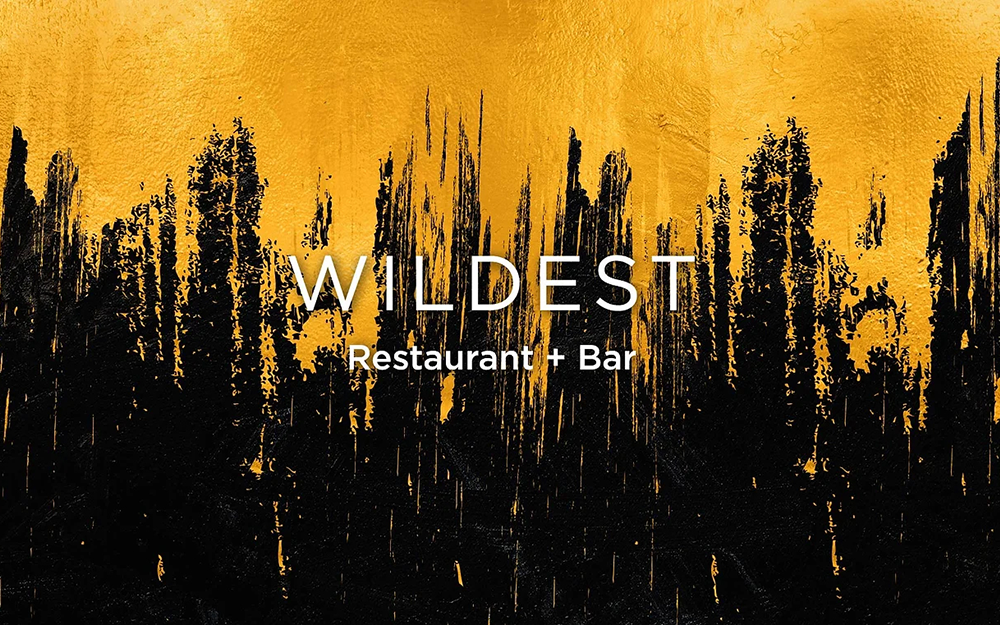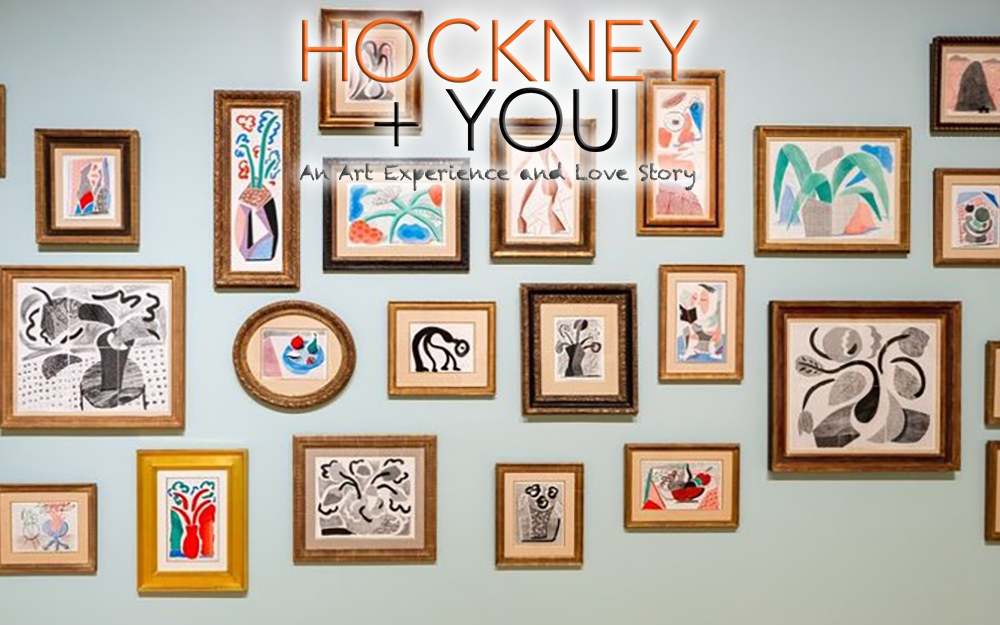
By Rick Riozza
Woke up// Fell outta bed// dragged a comb upon my head//
Found my way downstairs and drank a cup//And looking up, I noticed I was late//
Found my coat and grabbed my cap//Made the bus in seconds flat.
Like it or not, in quoting from the Beatle song, that’s pretty much how things began on one of my last trips up in the Northen Italian Piemontese wine region. It was one of those Murphy’s law days where everything that could go wrong, went wrong.
The best news coming out of that day was the fact that I was indeed traveling through Italian wine country! which pretty much trumps any bad daily circumstance—really. But no gas at the pumps; GPS not working in the car, nor on the phone; actual phone service out and foggy, foggy surroundings made for getting to some winery appointments unattainable.
Gattinara is a small commune north-east of Torino, that sits half-way to Milano in the south-east and is a two hours drive north-west to the Swiss Matterhorn Mountain in the Alps. For you staunch Barolo and Barbaresco fans, you probably know a little about the layout there in Piemonte. Gattinara is way up north wine country. And the grape they make their wine from is the Spanna—aka-—wait for it, Nebbiolo!
That’s right folks, the rich & full-bodied Barolo and Barbaresco you experience in your wine- to-die-for, is the leaner sibling bone-dry Nebbiolo Gattinara from the foothills of the Alps. The local Spanna here produces wines which usually range from orange to garnet in color and have a rustic nature and an aromatic bouquet reminiscent of violets. The wine’s reputation for exceptional longevity is thanks to its very prominent tannins and high acidity.
As you loyal readers know, we love the tannins and acidity in well-structured red wine; and Barolo is suberb! But if you find some of the modern reasonably priced Barolo & Barbaresco wines to be a little too new-worldly in the fruit—try a Gattinara for that old world Italian taste profile flair & charm!
This winemaking zone enjoys a continental climate, and the vines grow on iron-rich gravel soils of volcanic origin, with traces of carbonate, calcium and magnesium. These unique soils, combined with the ideal microclimate, yield excellent Nebbiolo grapes.
For the last 40 years or so, I’ve been a fan of the Travaglini Gattinara wine. When I received an invite to the winery there in Gattinara I was over the moon. Unfortunately, I couldn’t even get over a small hill in the commune due to a bad car day. Fortunately, we did find a small bus stopped over at small trattoria/deli shop and made it to the vehicle in seconds flat!
The website states, “Driven by a passion for exceptional Nebbiolo, the Travaglini family has been producing remarkable, limited-production wines from their eponymous estate in Gattinara for four generations, with the fifth now on their way, learning from their parents. The family has owned land in Gattinara since the beginning of the 19th century. They farmed a few hectares of land and produced wine for local consumption.
“It was not until 1958 however, when the third generation, Giancarlo, established the eponymous Travaglini Estate Winery. It was Giancarlo who recognized a greater potential in Gattinara and executed groundbreaking changes in his vineyards and cellar, unseen before in the appellation. His passion for Nebbiolo helped raise the profile of Gattinara, a commitment that has been carried on through the generations.”
And of course, there’s the iconic Travaglini wine bottle! In 1958 Giancarlo Travaglini set out to create a bottle for an exceptional wine that would also be a work of art. The distinctive shape of the bottle features a unique curve that fits naturally in the palm of the hand which serves to catch sediment during pouring, allowing the wine to be served directly from the bottle to the glass without decanting. The dark-colored glass prevents light from passing through and impacting the quality of the wine.
Leave it to Italian lore to claim: “The most intriguing idea is that the bottle was tailored to suit one of its highest profile consumers and biggest fans: Pope John XXIII who was in the Vatican in the late 1950s and was left-handed. So the shape of this bottle is that it was specifically crafted to fit easily into his left hand.” Honestly it is quite easy to hold, and pour, in either your right or left hands.
In most harvests, grapes are crushed and macerated for about 15 days in stainless steel tanks at controlled temperature. Alcoholic fermentation, malolactic fermentation and post-fermentation takes place in stainless steel tanks, at controlled temperature, over 3-4 months. The wine aged for 30 months in Slavonian oak casks of different sizes is followed by an additional few months of refinement in bottle before release.
Let’s review the latest 2020 Travaglini Gattinara (around $35) This classic Gattinara opens with aromas of dried sour cherries, rosebud, sweet and savory spices and a hint of dried herbs. Well-balanced between savory and fruity elements, the wine’s mouthwatering acidity and fine tannins build the framework for the wine to be enjoyable today and into the future.
We found it Deep ruby red in color with garnet reflections. Aromas of red fruit, blackberry, plum and licorice, with hints of vanilla and leather. Full-bodied with intense flavors of cherry, raspberry, and spice culminating in a long and smooth finish.
Here’s the good news—oh boy! Let me turn you on to one of most classic wine & food parings in Italy: Gattinara & Osso Buco.
Buon Appetito! Saluti!










































